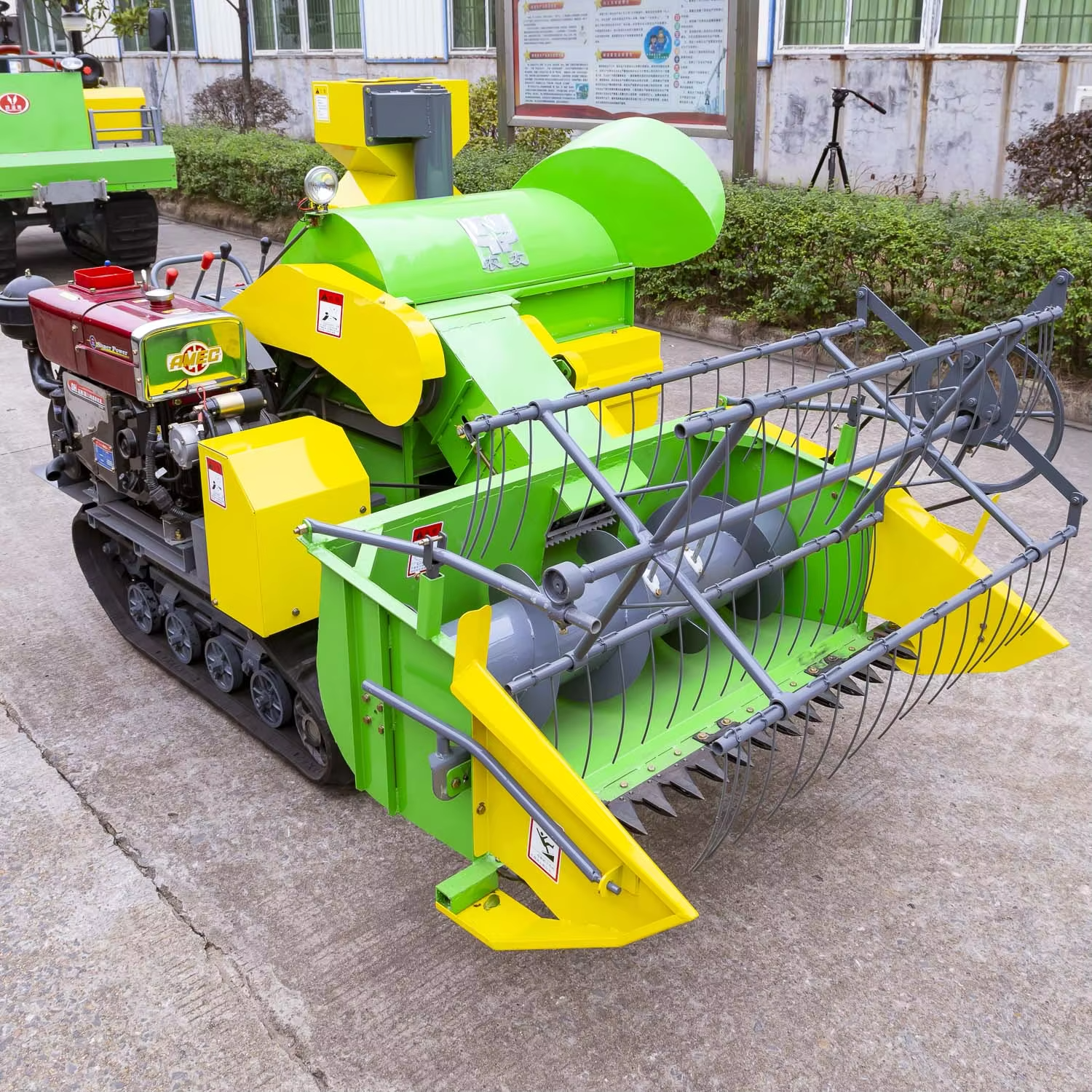Optimizing Farm Operations with Modern Feed Processing Equipment
The success of a small farm operation heavily depends on efficient feed processing machinery. As agriculture continues to evolve, farmers are discovering that investing in the right equipment can significantly impact their productivity and bottom line. Modern feed processing solutions offer remarkable versatility while maintaining the quality standards necessary for livestock nutrition.
Today's small-scale farmers face unique challenges in feed preparation, from managing operational costs to ensuring consistent feed quality. The proper selection of feed processing machinery can transform these challenges into opportunities for growth and improved efficiency.
Essential Components of Feed Processing Systems
Grinding and Milling Equipment
At the heart of any feed processing system lies the grinding and milling equipment. These fundamental machines break down raw materials into uniform particles, ensuring optimal digestibility for livestock. Hammer mills remain a popular choice for small farms due to their versatility and reliability in processing various grain types.
Modern grinding equipment often features adjustable settings that allow farmers to achieve different particle sizes for different livestock species. This adaptability ensures that whether you're preparing feed for poultry, swine, or cattle, the end product meets specific nutritional requirements.
Mixing and Blending Solutions
After grinding, proper mixing ensures uniform distribution of nutrients throughout the feed. Horizontal paddle mixers and vertical screw mixers are two common options for small farms. These machines can handle both dry and wet ingredients, creating homogeneous blends that maximize feed efficiency.
Advanced mixing systems often include automated controls that maintain precise blend times and sequences. This technology helps eliminate human error and ensures consistent feed quality batch after batch.
Key Considerations for Equipment Selection
Production Capacity Requirements
When selecting feed processing machinery, accurately assessing your farm's production needs is crucial. Consider not just current requirements but potential growth over the next few years. A common mistake is purchasing equipment that barely meets present needs, leaving no room for expansion.
Calculate your daily feed requirements by species and factor in seasonal variations. Remember to account for storage capacity and processing time when determining the ideal equipment size for your operation.
Energy Efficiency and Operating Costs
Modern feed processing machinery offers various energy-efficient options that can significantly reduce operating costs. Look for equipment with premium efficiency motors and smart control systems that optimize power consumption. While these features may increase initial investment, they typically deliver substantial long-term savings.
Consider the total cost of ownership, including maintenance requirements, spare parts availability, and energy consumption. Some manufacturers now offer energy usage monitoring systems that help track and optimize operational efficiency.
Maintenance and Longevity Factors
Regular Maintenance Requirements
Proper maintenance is essential for ensuring the longevity of feed processing machinery. Look for equipment designed with easily accessible service points and simple cleaning procedures. Regular maintenance schedules should include screen inspection, bearing lubrication, and belt tension checking.
Many modern machines come with built-in maintenance alerts and monitoring systems that help prevent unexpected breakdowns. These features can significantly reduce downtime and extend equipment life.
Durability and Construction Quality
The construction quality of feed processing machinery directly impacts its durability and performance. Look for equipment built with heavy-duty materials and robust construction methods. Stainless steel components often provide better corrosion resistance and longer service life.
Consider the manufacturer's reputation and track record in the industry. Quality equipment often comes with comprehensive warranties and readily available technical support.
Technology Integration and Automation
Smart Control Systems
Modern feed processing machinery increasingly incorporates smart technology for improved control and monitoring. These systems can automate various aspects of the feed production process, from ingredient dosing to moisture content adjustment. Advanced controls help maintain consistent quality while reducing labor requirements.
Look for equipment that offers user-friendly interfaces and the ability to store multiple feed formulations. Some systems even provide remote monitoring capabilities through mobile applications.
Data Management Capabilities
The ability to track and analyze production data has become increasingly important in feed processing. Modern machinery often includes features for recording batch information, ingredient usage, and production efficiency metrics. This data helps optimize operations and maintain quality control records.
Consider systems that can integrate with farm management software for comprehensive operation oversight. Digital record-keeping capabilities also simplify compliance with feed safety regulations.
Frequently Asked Questions
What size feed processing machinery is ideal for a small farm?
The ideal size depends on your daily feed requirements and future growth plans. Generally, small farms processing 1-2 tons per day should consider equipment with a capacity of 3-4 tons per day to allow for growth and prevent overworking the machinery.
How can I determine the return on investment for feed processing equipment?
Calculate ROI by comparing current feed costs (including purchased feed, labor, and wastage) against the total cost of ownership for new equipment (including purchase price, installation, maintenance, and operating costs). Most farms see positive returns within 2-3 years of implementing efficient feed processing systems.
What are the most important maintenance practices for feed processing machinery?
Essential maintenance includes regular cleaning, lubrication of moving parts, screen and hammer inspection in grinding equipment, and belt tension checking. Following manufacturer-recommended maintenance schedules and keeping detailed service records helps maximize equipment life and performance.

